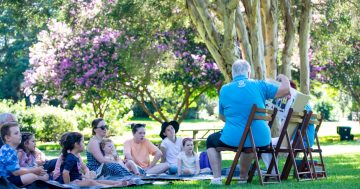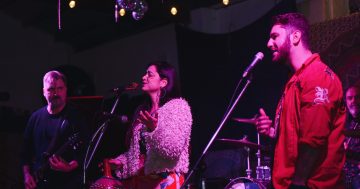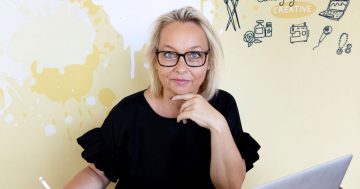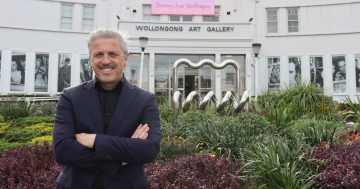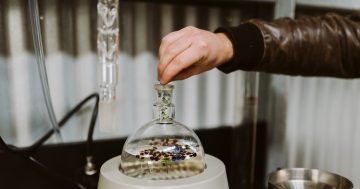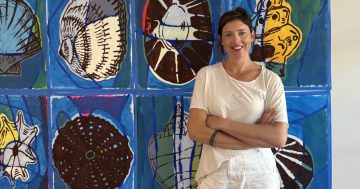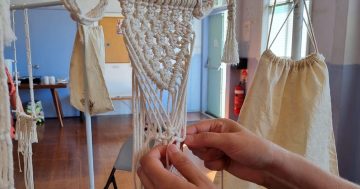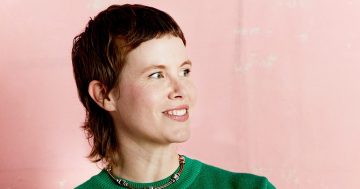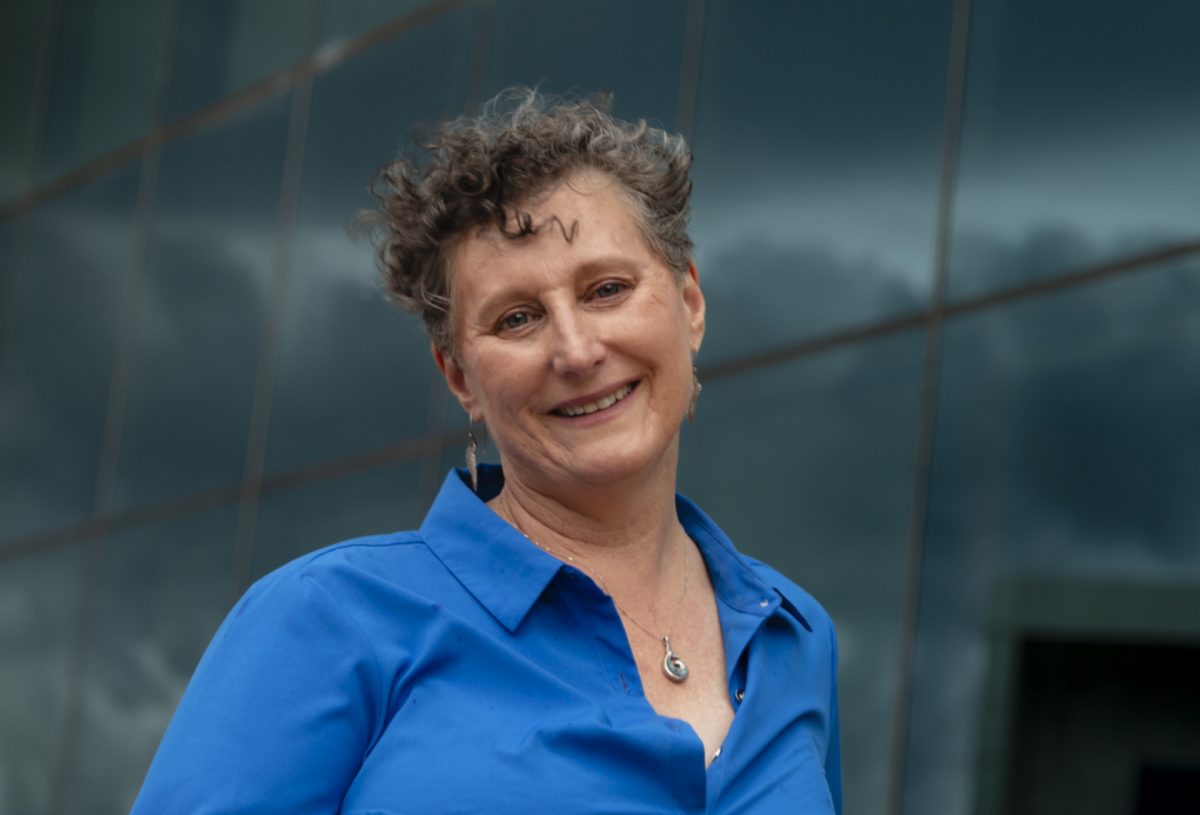
South Coast Arts executive director Louise Croker is encouraging artists to be bold and go after what they want. Photo: Supplied.
The newly formed South Coast Arts is empowering artists in the region to be bold in following their creative dreams and take up opportunities the organisation creates.
South Coast Arts, the newest member of the Regional Arts Development Organisation (RADO) network, was only set up last year and appointed its executive director Louise Croker in March this year.
It’s the 15th RADO established to support artists in New South Wales; some RADOs in the network have been around for more than 20 years.
“I see it very much as a support and empowerment role,” Louise said. “Those key principles around empowerment and community building apply just as easily in the arts.
“It’s about empowering artists to step out into their creativity, to be bold in following their creative mojo.
“And we have a place in encouraging that and giving artists the support they need to actually do it.”
RADOs are funded by Create NSW, local councils and supported by peak regional arts body Regional Arts NSW.
It’s now an established network with the brief to support the arts in the regional rural areas of NSW.
Louise said each RADO focused on supporting their specific region, but also worked inter-regionally, providing pathways and platforms for artists to extend their reach, develop their practices and work collegially through strong networking and partnering opportunities.
“Within the last two years, the Minister for the Arts made a decision to establish a South Coast RADO,” she said. “Initially, it was going to be just Kiama and Shoalhaven.
“We flagged with Create New South Wales, and they got back to the Minister, and asked for Shellharbour to be included as well, which he agreed to.
“He agreed to funding, and last year was the setting up stage.”
Create NSW employed a consultant, who helped set up the organisation, the advisory board and then the formal board once the incorporated not-for-profit association was established.
The board includes artist representation and a representative from each of the three local councils.
Louise said while South Coast Arts was now about to develop a strategic plan in line with its core funding and feedback sought from a consultation process that will focus on what the organisation will do for the next couple of years, it had already started making inroads for artist opportunities.
“Each RADO, obviously, is tailored for their region, but there are also other projects that are cross-regional as well.”
She said she was already working with the neighbouring Southern Tablelands Arts and South East Arts on the already established tourism-based project Creative South.
”It’s basically a directory of arts opportunities for visitors,” she said. “It’s looking through a lens of somebody coming into the region, what might they be interested in accessing in the arts?
“People can come in and go, ‘OK, I want to do arts in the region’. [They can] get onto the directory, see what’s happening.
“That’s an example of the type of project that we might work cross-regionally on.”
Another whole network project was Regional Futures, a two-year project that invited an artist from each region to respond to the question ‘What does the future look like in our region?’.
For the South Coast, award-winning artist Anna Glynn was selected, creating Dwelling, an installation incorporating moving images and sound, which explored the intersection of the human world and our landscape.
“Each of the regions had the opportunity for an artist to participate in that,” she said. “The exhibition will be showcased at the Casula Powerhouse and there’ll be an artist symposium.
“So there’s lots of opportunities.
“I’m partly taking my lead from what the other [executive directors] have been doing, and doing so well for a long time now, but also aware that we are our own space and our own region and what is unique to us.”
Louise’s background includes starting in community development 30 years ago, along with working in not-for-profits and more than 20 years in local government.
Through her previous role as Kiama Council cultural development officer, she was already well-versed with the region and the arts and culture community.
“Even though I was Kiama-based, I did have the opportunity to meet a lot of artists and communicate with a lot of artists across the region, particularly Shellharbour.”
The goal is to now bring on board a communications officer to distribute more information to the public about arts in the region.
“We can’t be there for every single person but, what we can’t provide, we can certainly help point people in the right direction and support and empower artists and creatives to go after what they want.”
The organisation won’t have a specific base, with staff working from home and travelling to each region.








